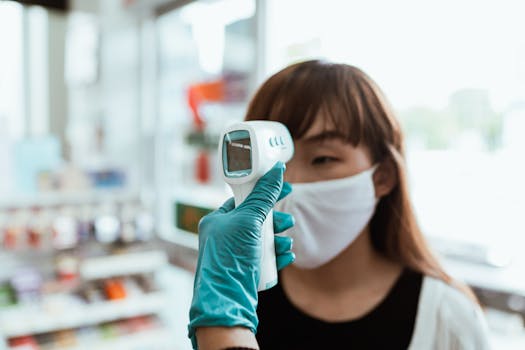Understanding Hair Damage and Heat
Hair is a delicate structure composed primarily of a protein called keratin. When exposed to excessive heat, the hair cuticle can become damaged, leading to split ends, breakage, and an overall lackluster appearance. Using a hair straightener at an optimal temperature is crucial for maintaining hair health while achieving the desired style.
The Science Behind Hair Straightening
Hair straighteners work by applying heat to the hair, which alters its structure temporarily. The heat breaks down hydrogen bonds in the hair, allowing it to be reshaped. However, if the temperature is too high, it can lead to irreversible damage. Understanding the right temperature for your hair type is essential.
Optimal Temperature Ranges
Different hair types require different heat settings. Here’s a breakdown of optimal temperature ranges:
- Fine or Damaged Hair: 250°F – 300°F (121°C – 149°C)
- Medium or Normal Hair: 300°F – 350°F (149°C – 177°C)
- Thick or Coarse Hair: 350°F – 400°F (177°C – 204°C)
- Textured or Curly Hair: 400°F – 450°F (204°C – 232°C)
Using a straightener at the appropriate temperature not only minimizes damage but also enhances the effectiveness of the styling process.
Consequences of Excessive Heat
Using a straightener at excessively high temperatures can lead to several adverse effects on hair health:
- Dryness: High heat can strip moisture from the hair, leading to dryness and brittleness.
- Split Ends: Excessive heat can cause the hair cuticle to lift, resulting in split ends.
- Breakage: Over time, weakened hair can break off, leading to thinning and loss of volume.
- Color Fading: For those with color-treated hair, high temperatures can cause color to fade more quickly.
According to a study published in the Journal of Cosmetic Science, hair exposed to temperatures above 400°F can suffer significant structural damage, leading to a loss of elasticity and shine.
Tips for Using Your Straightener Safely
To ensure you are using your straightener effectively and safely, consider the following tips:
- Use a Heat Protectant: Always apply a heat protectant spray or serum before styling. This creates a barrier between your hair and the heat.
- Section Your Hair: Work in small sections to ensure even heat distribution and reduce the number of passes needed.
- Limit Frequency: Try to limit the use of heat styling tools to a few times a week to allow your hair to recover.
- Invest in Quality Tools: High-quality straighteners often have better temperature control and even heat distribution, reducing the risk of damage.
Case Study: The Impact of Temperature on Hair Health
A case study conducted by the American Academy of Dermatology examined two groups of women who regularly used hair straighteners. One group used their straighteners at high temperatures (above 400°F), while the other group adhered to recommended temperature ranges based on their hair type. The results showed that the high-temperature group experienced significantly more hair damage, including increased dryness and breakage, compared to the lower-temperature group.
Conclusion: Prioritize Hair Health
Using a hair straightener at an optimal temperature is essential for maintaining healthy hair while achieving your desired style. By understanding your hair type and adhering to recommended temperature ranges, you can minimize damage and keep your locks looking vibrant and healthy. Remember to incorporate protective measures, such as heat protectants and quality tools, into your styling routine. Ultimately, prioritizing hair health will lead to better results and a more confident you.
